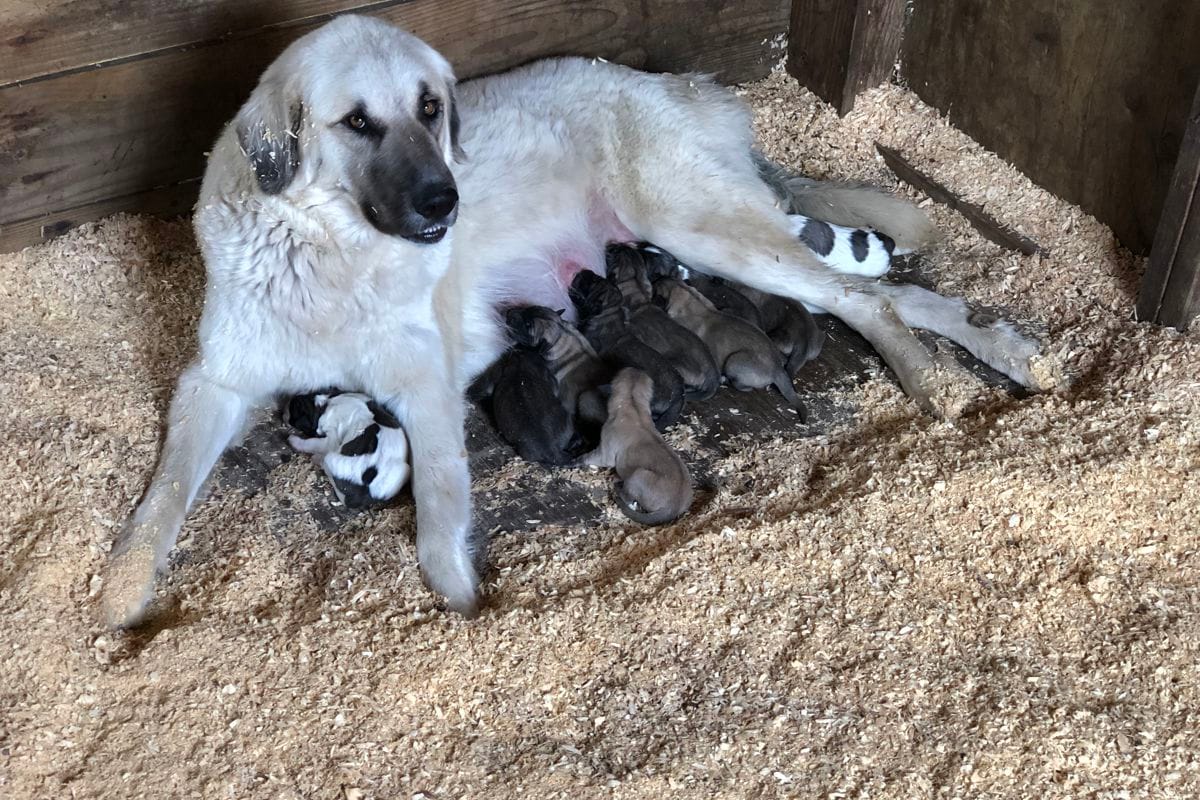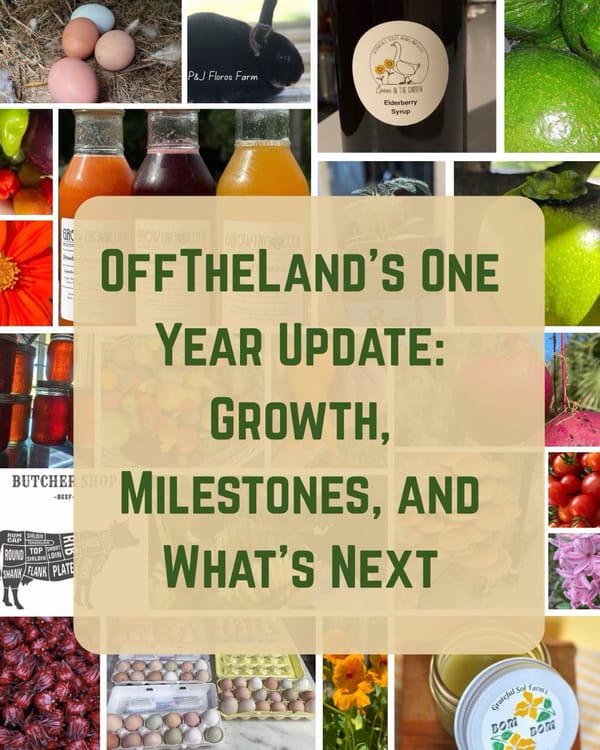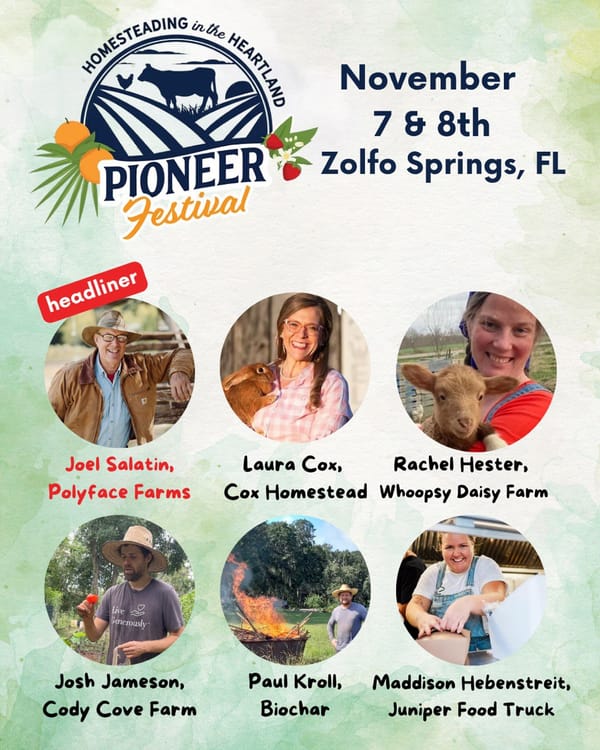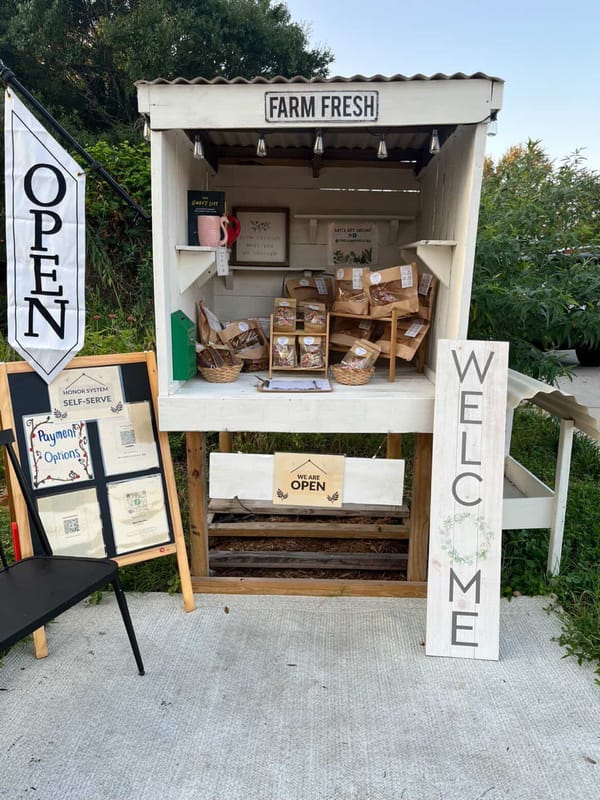The Ultimate Guide to Anatolian Shepherds: Your Homestead’s Fierce Protector

Introduction
Anatolian Shepherds are a time-tested breed, originating from Turkey’s rugged landscapes, where they’ve guarded livestock for centuries. Their imposing size, unwavering loyalty, and natural protective instincts make them an ideal choice for homesteaders and farmers looking to safeguard their animals. This comprehensive guide explores why Anatolian Shepherds are exceptional livestock guardians, offering insights into their unique traits, health considerations, comparisons with other breeds, real-world success stories, training tips, and regional suitability. Whether you’re browsing for Anatolian Shepherd puppies on OffTheLand.net, this article will help you decide if this breed is right for your homestead.
Unique Traits and Behaviors
Anatolian Shepherds are renowned for their independence, loyalty, and intelligence, making them exceptional livestock guardians. Unlike herding breeds, they are bred to protect, not chase, livestock, forming strong bonds with the animals they guard, often viewing them as part of their pack. Their guarding techniques include:
- Patrolling: They proactively roam their territory, especially at night, to deter predators.
- Barking: Loud barks serve as a primary deterrent, scaring off threats like coyotes or wolves.
- Confrontation: When necessary, their size (males up to 150 pounds, 29 inches tall; females 80–120 pounds, 27 inches) and strength allow them to confront predators directly.
Their physical traits include a muscular build, a broad head, and a thick double coat (fawn, brindle, or white with markings) that withstands harsh weather, from hot summers to cold winters. They are calm and confident but wary of strangers, requiring early socialization to balance their protective instincts (AKC).
Health Considerations
Anatolian Shepherds are generally healthy, with a lifespan of 11–13 years, but they can face specific health challenges. The Orthopedic Foundation for Animals reports a 10.3% prevalence of hip dysplasia among 1,714 evaluated Anatolians, lower than in breeds like German Shepherds (20%). Other concerns include:
- Entropion: A genetic condition where eyelids roll inward, irritating the eyes, treatable surgically.
- Anesthesia Sensitivity: They require careful monitoring during procedures like spaying or dental cleanings.
- Bloat (Gastric Dilatation and Volvulus): Less common but potentially life-threatening, requiring immediate veterinary attention if symptoms like a distended abdomen appear.
Regular vet checkups, a high-quality diet (avoiding low-quality proteins or sweet potatoes linked to heart issues), and choosing reputable breeders can mitigate these risks. Some sources, like The Spruce Pets, note that hip dysplasia and bloat are rare, while others, like PetMD, list them as concerns, suggesting a need for vigilance (WebMD).
Comparisons with Other Livestock Guardian Breeds
Anatolian Shepherds are often compared to other livestock guardian dogs (LGDs) like Great Pyrenees, Kangals, and Maremmas. Here’s how they stack up:
| Breed | Effectiveness | Temperament | Care Needs |
|---|---|---|---|
| Anatolian Shepherd | Best for larger livestock (e.g., cattle); effective against wolves, bears. Proactive patrolling. | Independent, territorial, aloof with strangers. Needs firm training. | Weekly brushing, 1–2 hours daily exercise, secure fencing. Lifespan: 10–12 years. |
| Great Pyrenees | Ideal for sheep/goats; effective against coyotes, foxes. Relies on vocal warnings. | Gentle, affectionate, good with families. Less aggressive. | Brush 2–3 times/week, more baths due to white coat. Similar exercise needs. Lifespan: 10–12 years. |
| Kangal | Similar to Anatolian, possibly more aggressive. Effective against large predators. | Independent, protective, wary of strangers. | Similar to Anatolian; minimal grooming. |
| Maremma | Good for sheep; less effective in harsh climates. | Social with humans, less independent. | Moderate grooming, less hardy in extreme weather. |
Anatolians excel in rugged environments and with larger livestock, while Great Pyrenees are better for smaller flocks and family settings. Kangals are closely related, with some debate over whether they’re distinct breeds (The Spruce Pets). Maremmas are more social but less suited for extreme conditions (Citizen Shipper).
Training Tips and Challenges
Training an Anatolian Shepherd is challenging due to their independent nature, bred to make decisions without human input. Key tips include:
- Early Socialization: Start at 8 weeks to expose them to people, animals, and environments, preventing overprotectiveness (Citizen Shipper).
- Positive Reinforcement: Use treats, praise, or toys for commands like “sit,” “stay,” and “come.” Avoid harsh methods (Thrifty Homesteader).
- Livestock Bonding: Raise puppies with livestock to foster bonding. Correct chasing behaviors with commands like “leave it” (Anatolian Dog).
- Short Sessions: Keep training to 10-minute sessions, 3 times daily, to maintain engagement.
- Professional Help: For strong-willed dogs, consider trainers experienced with LGDs.
Challenges include their stubbornness and tendency to bark at perceived threats, especially at night. Early training with livestock, like poultry, requires close supervision to prevent accidental harm (Anatolian Dog).
Regional Considerations
Anatolian Shepherds are adaptable to various U.S. climates, from hot Florida summers to cold Montana winters, thanks to their weather-resistant coat. They are effective against a wide range of predators, including:
- Coyotes, Bobcats, Cougars: Common in the U.S., easily deterred by their barking and presence (Thrifty Homesteader).
- Wolves and Bears: In regions like the Pacific Northwest, they can confront larger predators, sometimes wearing spiked collars for protection (Hoomans Friend).
- Birds of Prey: Effective for poultry protection, as seen in a case where an Anatolian saved ducks from an eagle.
They require large, securely fenced areas (at least 5-foot high with electric wire to prevent jumping) and are unsuitable for urban settings or small properties due to their need to patrol and potential for boredom (The Spruce Pets).
Notable Endorsements
Prominent farmers endorse Anatolian Shepherds for their reliability:
- Joel Salatin: At Polyface Farm, Salatin uses Anatolian Shepherds or mixes (e.g., an Akbash-Anatolian mix named Michael) to guard hens and broilers, noting their effectiveness against predators like skunks and raccoons (Crozet Gazette, Growing a Greener World).
- Greg Judy: Recommends a crossbreed (½ Maremma, ¼ Great Pyrenees, ¼ Anatolian Shepherd), known as the “Judy Cross LGD,” for livestock protection, based on his experience with holistic grazing (Trinity Oaks Farms).
Conclusion
Anatolian Shepherds are a powerful addition to any homestead, offering unmatched protection for livestock with the right care and training. Their unique traits, health profile, and proven effectiveness make them a top choice for farmers. Check out these Anatolian Shepherd puppies by P&J Floros farmstead in Central Florida.





